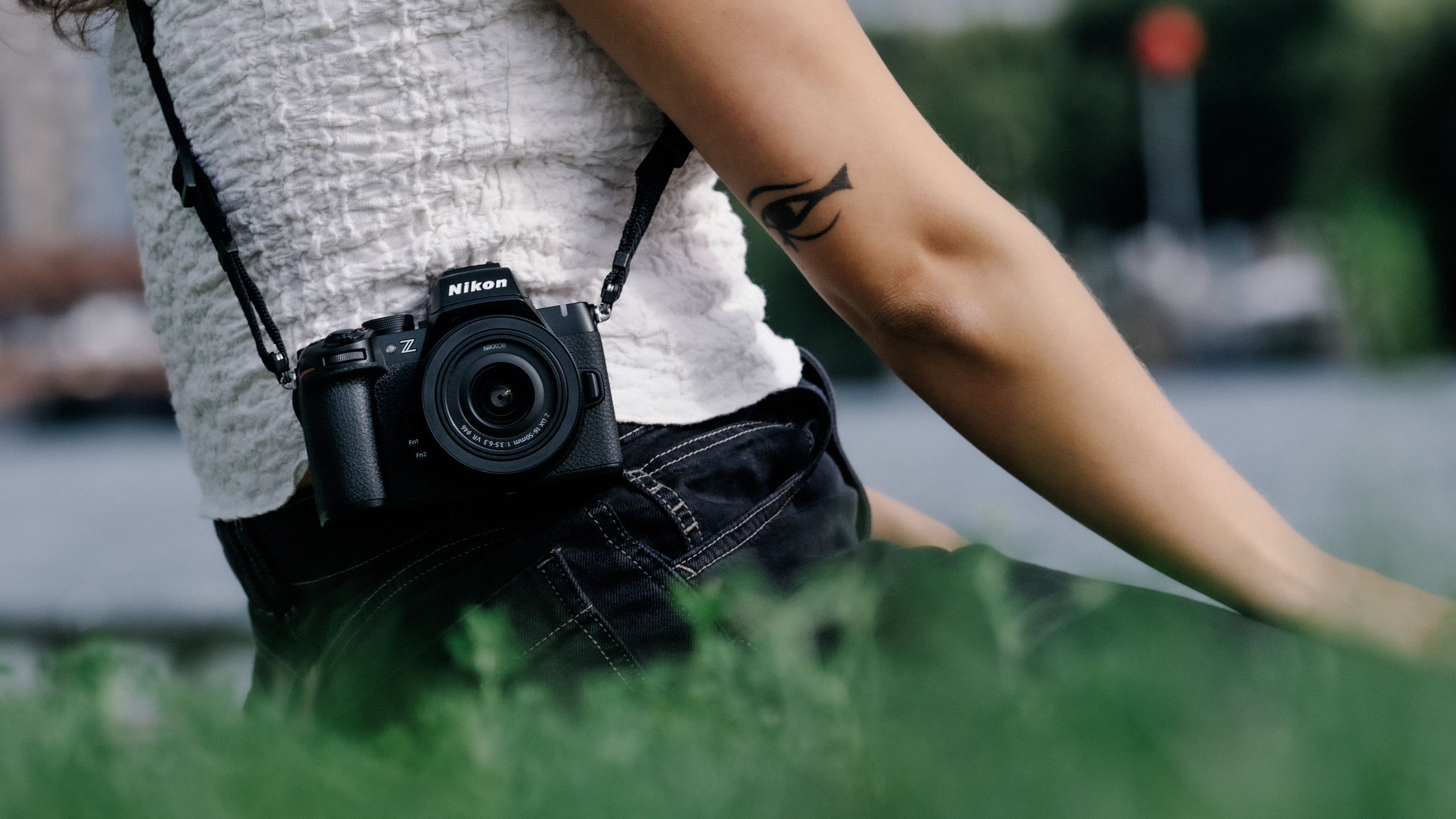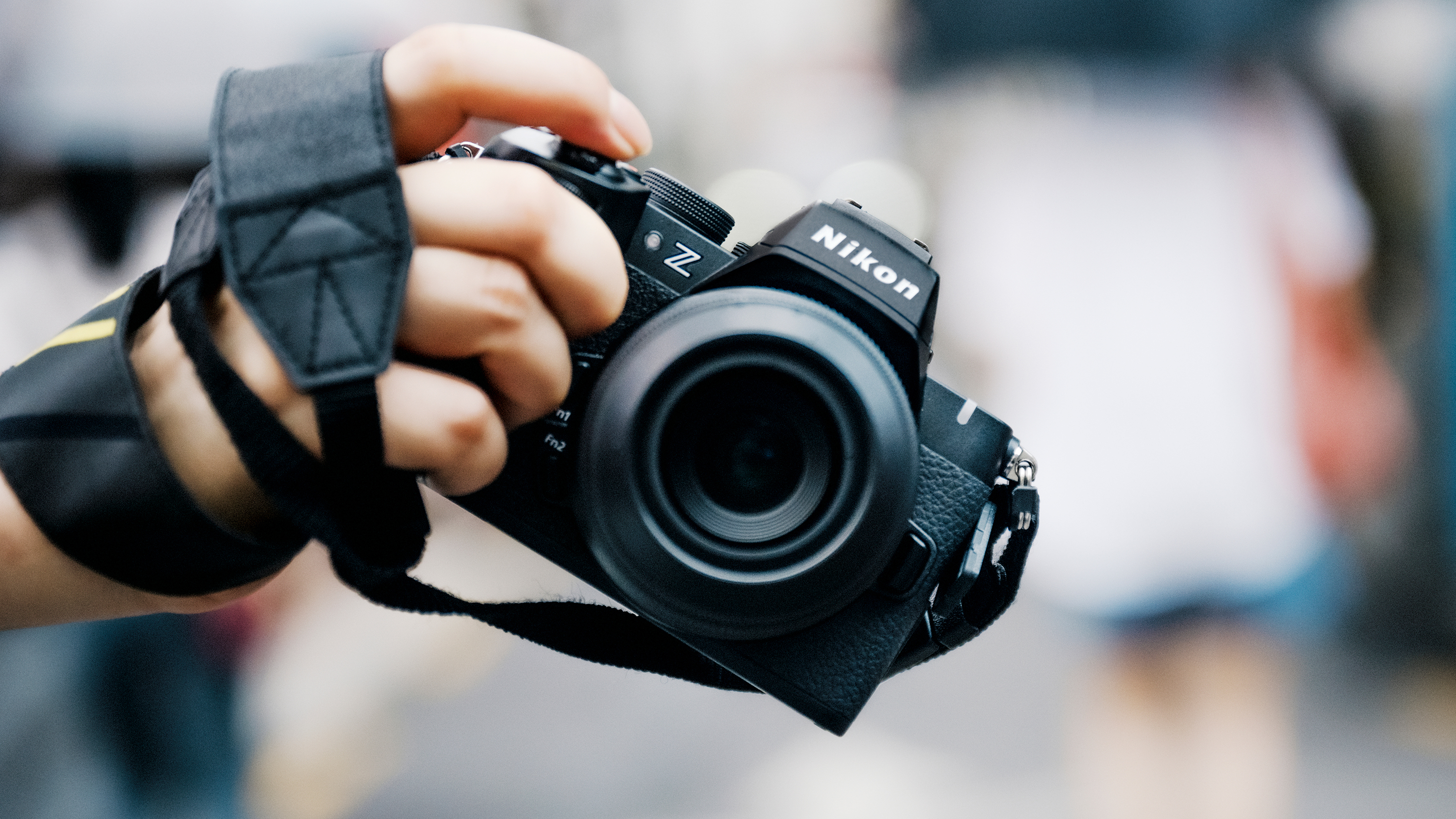Nikon reveals the Z50 II – a modest update of its hobbyist mirrorless camera with an identity crisis
For content creators... really? Try photographers

- Same 20.9MP APS-C sensor as the Z50
- Autofocus on par with pro Nikon Z9
- Support for Nikon Cloud and custom color profiles
Nikon has updated its four-year-old Z50 with the Z50 II. The mini-DSLR-style successor comes with the same 20.9MP APS-C sensor, but packs Nikon's latest Expeed 7 processor, which delivers a raft of performance-based improvements.
Nikon says the Z50 II has the same subject detection autofocus options as its professional Z8 and Z9 mirrorless cameras, with nine subject types to choose from, 3D tracking, custom-size autofocus areas, plus a smarter AF-A option (autofocus auto). It also debuts a Product Review mode, which easily switches focus between people and objects, much like Sony's Product Showcase autofocus mode.
Burst shooting now comes with one second pre-capture for a 15fps or 30fps High-speed Frame Capture+ mode (JPEG only), while 4K video up to 30fps is now oversampled from 5.6K, which means it should be nice and sharp.
After the Z6 III, the Z50 II is Nikon's second camera that works with Nikon Cloud. In addition to online image upload and storage services, users can upload custom color profiles directly to the Z50 II from the Nikon Cloud community (Nikon calls them Picture Profiles), in a similar way to the new Panasonic Lumix S9, complete with a new Picture Profile button for quick access. Neat.
Then there are the improvements to the handling of the Z50 II. It has an updated EVF with twice the brightness of the Z50, a larger 3.2-inch vari-angle touchscreen with a new hinge for twist and rotate movements, a larger hand grip, while it's part of Nikon's only series of mirrorless cameras to feature a built-in flash.
The Z50 II costs $965.95 / £849 body only, $1,096.95 / £999 with the 16-50mm lens, or $1,346.95 / £1,199 for a twin lens kit that adds the 50-250mm lens. In Australia, the camera is available with Nikon's 18-140mm lens for AU$2,279. Sales start at the end of November, preorders can be made from today.
The Z50 II looks like a decent beginner mirrorless camera for photographers, but Nikon is billing the camera for content creators, so does it hit the mark for them?
Sign up for breaking news, reviews, opinion, top tech deals, and more.

A camera with an identity crisis?
Nikon is heavily marketing its new Z50 II for content creators, but in my book it's the least obvious model of all its mirrorless cameras with APS-C sensor for such purposes.
The Z50 II looks like a nice camera to shoot with for photographers, thanks to its mini-DSLR form factor with an improved grip and brighter viewfinder. But for content creators who value a camera's looks and rely on its video flexibility? The cheaper Z30 or the retro-styled Z fc make more sense, as do rival models such as the Fujifilm X-M5 and Sony ZV-E10 II.
That's not to take away from the Z50 II. It becomes Nikon's most capable mirrorless camera with APS-C sensor because it utilizes Nikon's latest processor, which delivers an all-round speedier performance, including a faster start-up time, says Nikon.

It also has improved video features, such as 4K 10-bit video up to 30fps from oversampled 5.6K, plus Nikon's N-Log color profile. It's also Nikon's first camera that can livestream via USB-C, not requiring Nikon's Webcam Utility software.
However, there are no vertical video modes for social like you get in the X-M5, a camera that features higher resolution 6.2K video (which makes vertical video possible), plus multi-directional internal mics that can be isolated or used together. That camera feels more purpose-made for content creators; it's smaller, it looks the part, and it has Fujifilm's Film Simulation modes on tap.
It looks like Nikon has created a highly capable hobbyist camera in the Z50 II - one that we will complete an in-depth review of soon. I just think it's not the content creator's camera that Nikon's marketing suggests it is. A successor to the Z30 feels like a more obvious fit.
You might also like

Tim is the Cameras editor at TechRadar. He has enjoyed more than 15 years in the photo video industry with most of those in the world of tech journalism. During his time as Deputy Technical Editor with Amateur Photographer, as a freelancer and consequently editor at Tech Radar, Tim has developed a deeply technical knowledge and practical experience with cameras, educating others through news, reviews and features. He’s also worked in video production for Studio 44 with clients including Canon, and volunteers his spare time to consult a non-profit, diverse stories team based in Nairobi. Tim is curious, a keen creative, avid footballer and runner, and moderate flat white drinker who has lived in Kenya and believes we have much to enjoy and learn from each other.